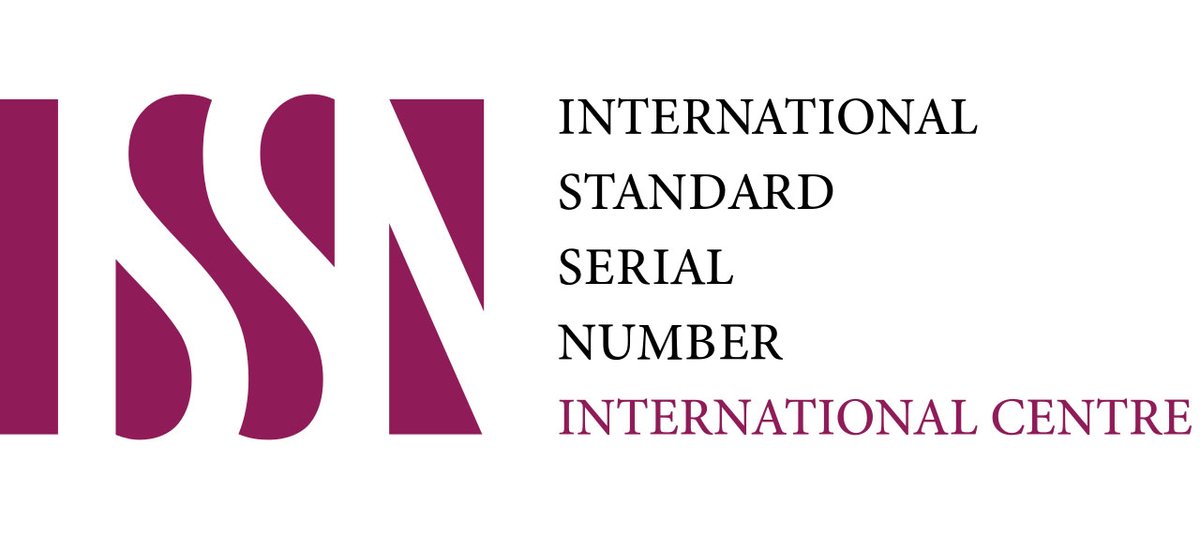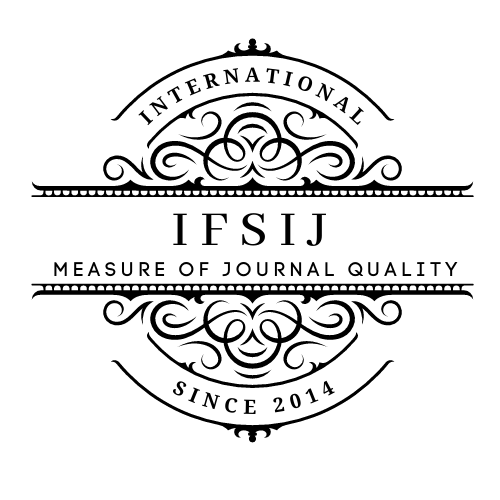CLINICAL AND MORPHOLOGICAL CHARACTERISTICS OF BREAST CANCER WITH TRIPLE NEGATIVE PHENOTYPE
Keywords:
triple negative breast cancer , genomic disorders and immunophenotypes .Abstract
Triple negative breast cancer (TNBC) is a type of cancer with unmet clinical need. This type of breast cancer has the worst clinical outcome due to its aggressiveness, high heterogeneity, and lack of therapeutic targets. Chemotherapy is still the standard of care for this type of cancer, but many patients develop treatment resistance and metastases. In this review, we highlight current challenges for effective treatment of triple negative breast cancer. We discuss the importance of stratification into different molecular subtypes and identification of resistant cells in tumors, which is necessary to identify future strategies for effective and precise therapy. Targeted therapy for this type of breast cancer is limited, and patients are primarily treated with conventional chemotherapy and radiotherapies, which are not specific and do not target resistant cells. Thus, one of the major clinical challenges is to find compounds that target drug-resistant cell populations responsible for the transformation of secondary tumors. Molecular profiling of different TNBC subtypes offers hope for better identifying these tumor-specific resistant cells.
Downloads
Published
Issue
Section
License

This work is licensed under a Creative Commons Attribution-NonCommercial-NoDerivatives 4.0 International License.















